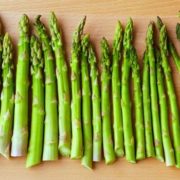
How asparagus recently changed its lifestyle from hermaphroditism to distinct males and females
Blog, Plant Science Research Weekly, Research, Research BlogSex determination in the animal kingdom has been relatively well studied, with two main systems responsible for the sexes in mammals, insects, birds, reptiles and fish; XY and ZW sex-determination. Although much is still unknown about these systems, with many exceptions being discovered to previously…
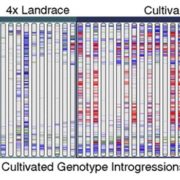
Complex evolutionary history and targets of domestication in the cultivated potato
Blog, Plant Science Research Weekly, Research, Research BlogPotatoes originated in the Andes of southern Peru, and are now the third most important crop for direct human consumption. Hardigan et al. sequenced 67 potato relatives, including South American landraces, North American cultivars and wild-diploid species to learn about the genetics of modern potato’s…
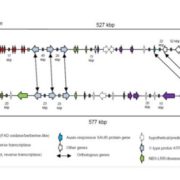
Canalization of tomato fruit metabolism
Blog, Plant Science Research Weekly, Research, Research BlogPlants are noted for their phenotypic plasticity, but there are also examples of phenotypic canalization, which Alseekh et al. define as “the property of those phenotypic traits showing no environmental effect when individuals of a specific genotype are exposed to a set of different environments.”…
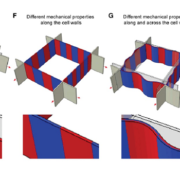
Mechanochemical polarization of contiguous cell walls shapes plant pavement cells
Blog, Plant Science Research Weekly, Research, Research Blog
The jigsaw-puzzle shape of the epidermis layer has been puzzling the scientists for some time now. Majda et al. examine the shape of the epidermis cells from the cell wall perspective. Mutations leading to even minor changes in cell wall composition significantly affected pavement cell geometry.…
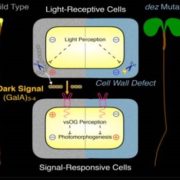
Repression of photomorphogenesis by a small cell-wall-derived dark signal ($)
Blog, Plant Science Research Weekly, Research, Research BlogGenetic screens have revealed many key components of light signaling. In this new work, Sinclair et al. provide new insights into the repression of photomorphogenesis by cell-wall derived signals. They started with a mutant, de-etiolated by zinc (dez) that shows open cotyledons and a short hypocotyl…
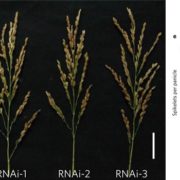
Duplication of an upstream silencer of FZP increases grain yield in rice
Blog, Plant Science Research Weekly, Research, Research BlogThe trade-off between grain size and number has been traditionally hard to break. Bai et al established that differences in panicle architecture between two rice cultivars resulted from duplication of a long-distance silencer of the FRIZZY PANICLE (FZP) gene in one cultivar (Chuan 7). Increased silencing…
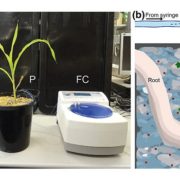
Roots-eye view: Using microdialysis and microCT to non-destructively map root nutrient depletion and accumulation zones
Blog, Plant Science Research Weekly, Research, Research BlogPlant roots constantly engage in nutrient and water uptake for crop productivity. Increasing the nutrient uptake efficiency of roots will promote sustainable agriculture by decreasing the need for fertilizer applications. To achieve this task, we need to understand the physiology of intact roots in their…
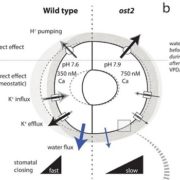
Modeling guard cell-to-leaf scales with OnGuard2
Blog, Plant Science Research Weekly, Research, Research BlogWhile much is known about the processes involved in stomatal movement and the processes involved in the transpiration of leaves, there has been no framework to bridge this micro-macro divide. Wang and colleagues bridge this divide through OnGuard2, a quantitative systems platform that uses the molecular…
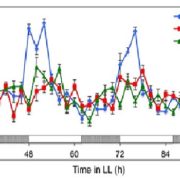
CIRCADIAN CLOCK ASSOICATED 1 (CCA1) and the circadian control of stomatal aperture
Blog, Plant Science Research Weekly, Research, Research BlogHow do plants ‘decide’ how to respond to so many conflicting stimuli? What has the final say in stomatal aperture control? Hassidium et al. investigate the role of the oscillator gene CIRCADIAN CLOCK ASSOICATED 1 (CCA1) during stomatal opening and determined if CCA1 is responsive to other stimuli.…

